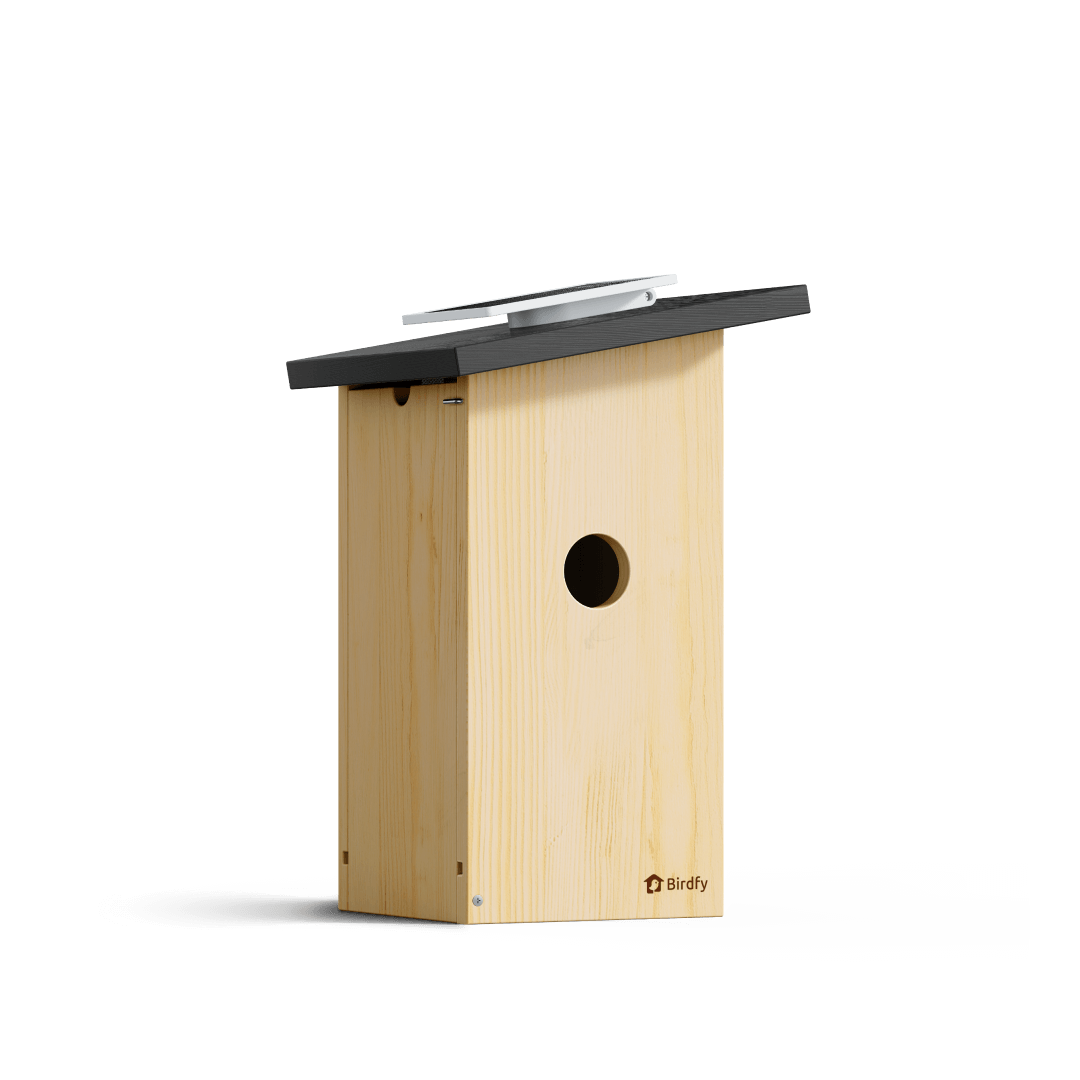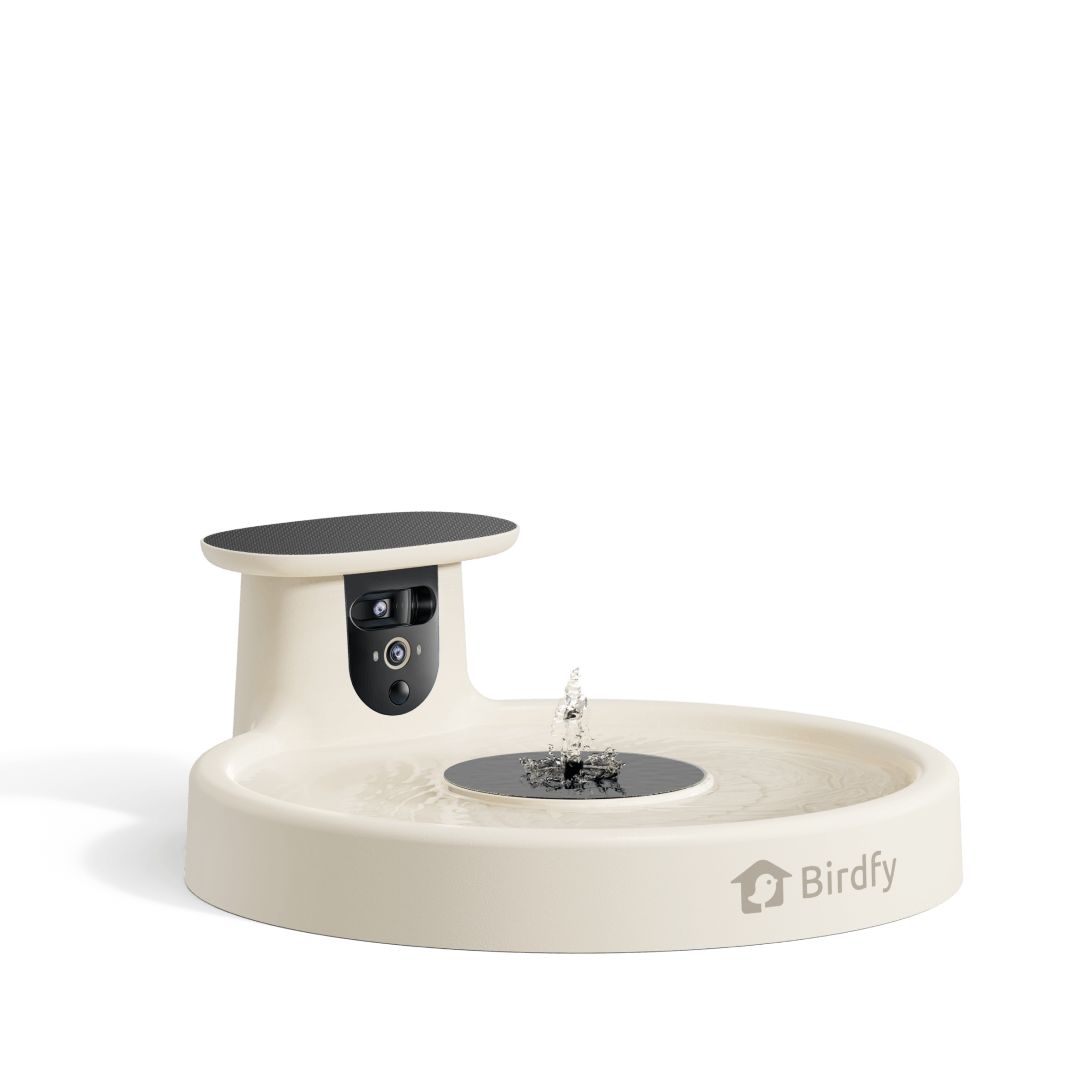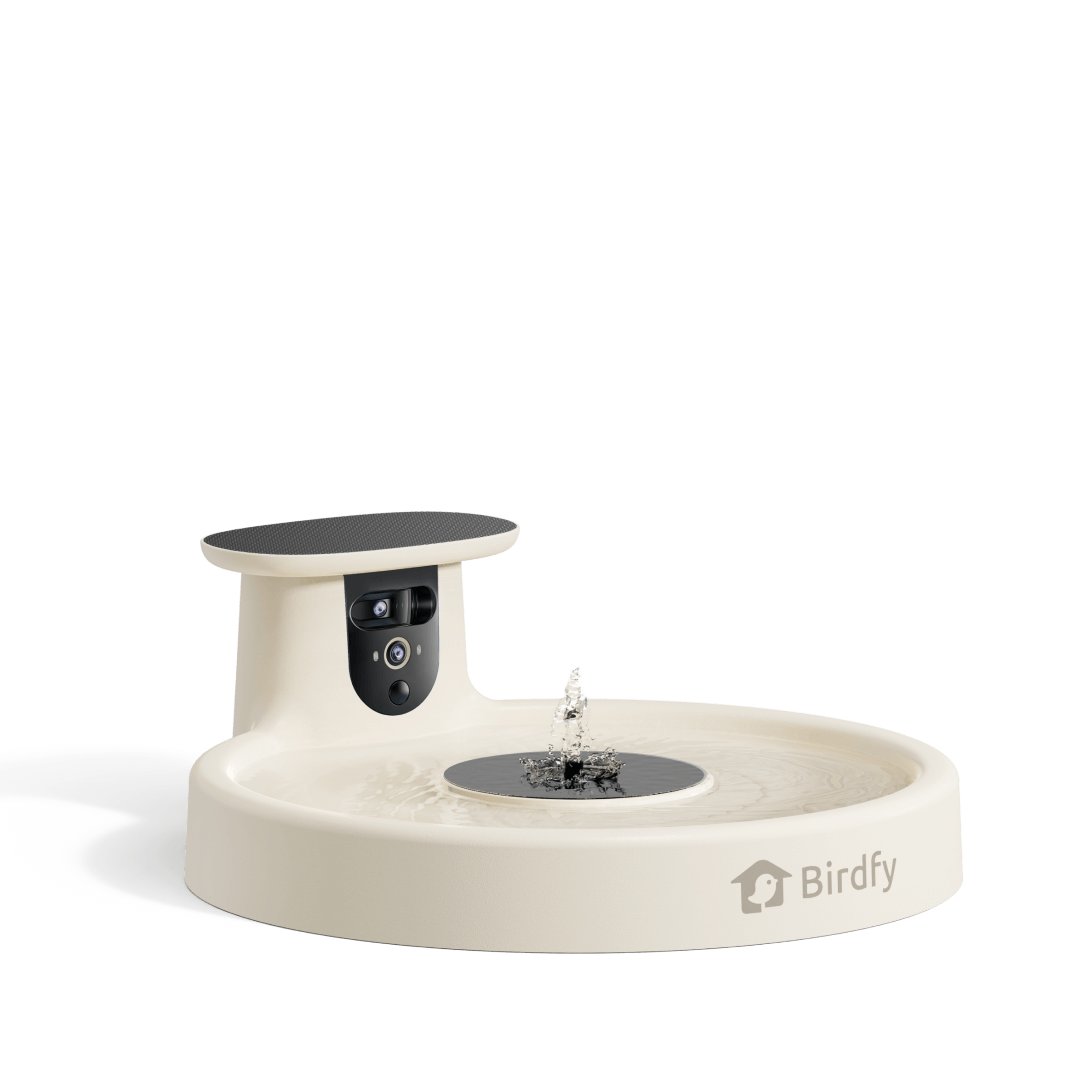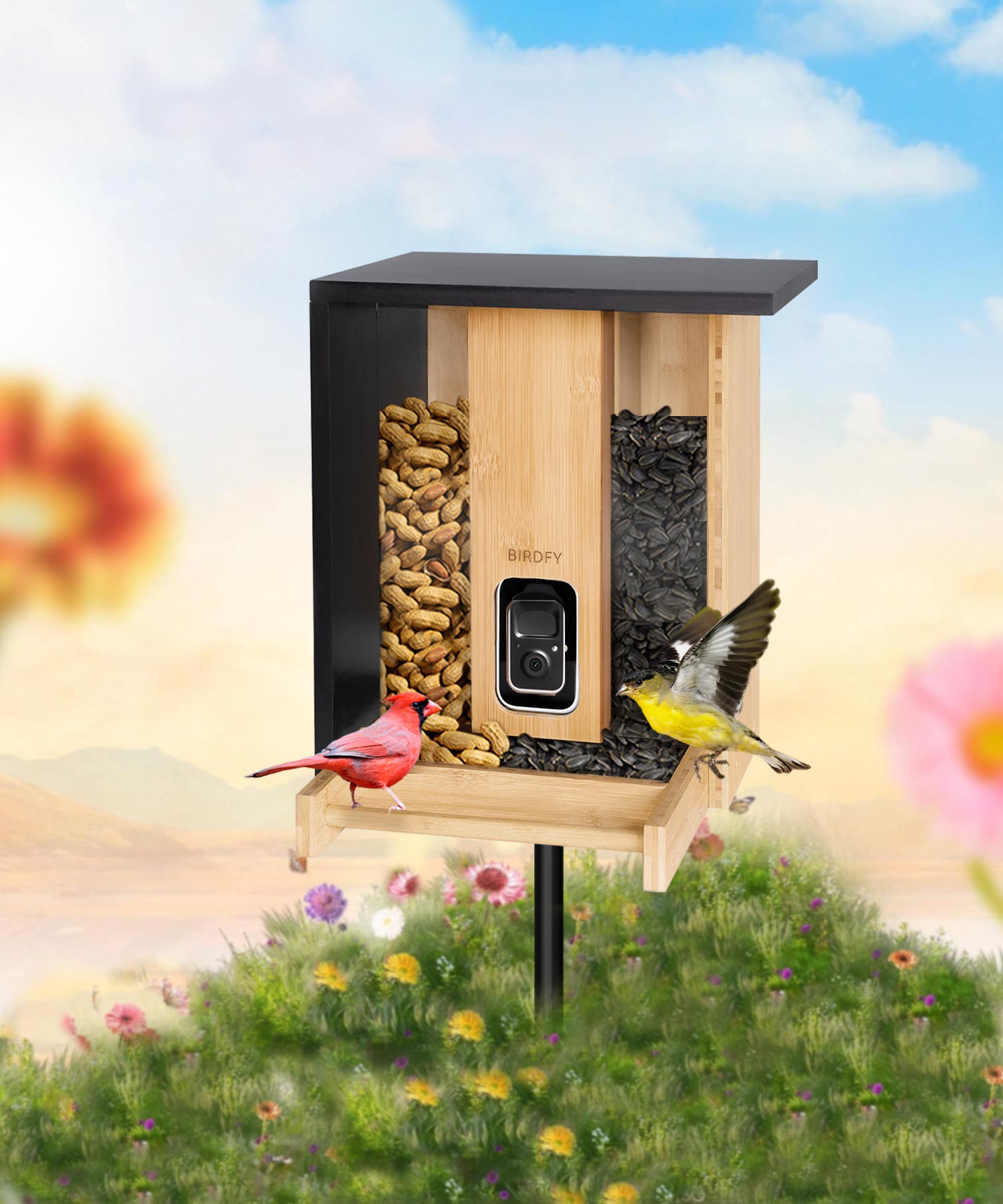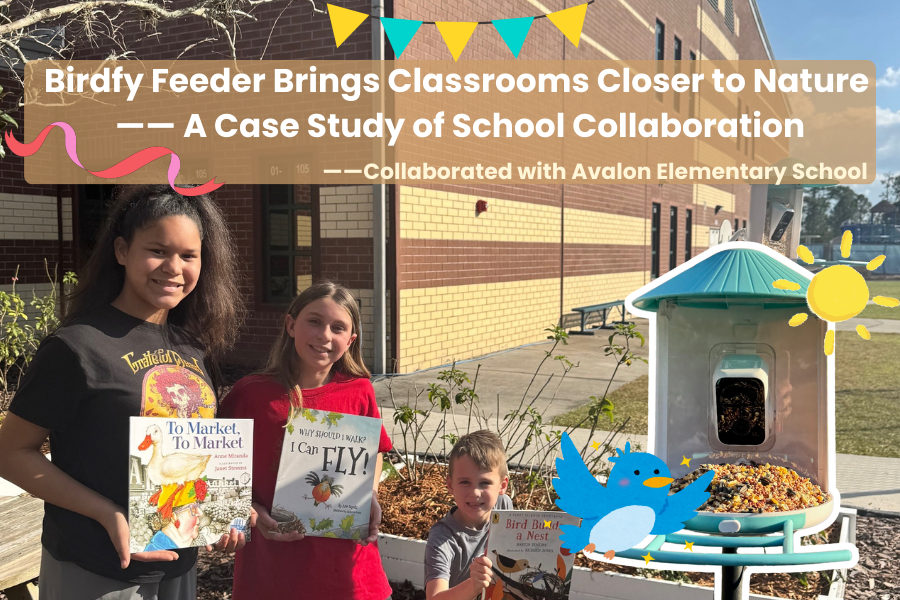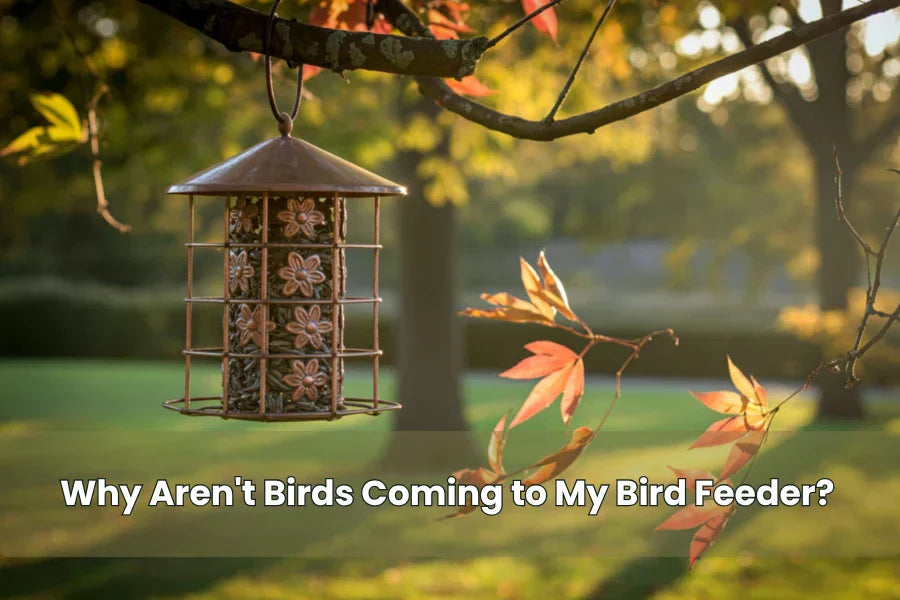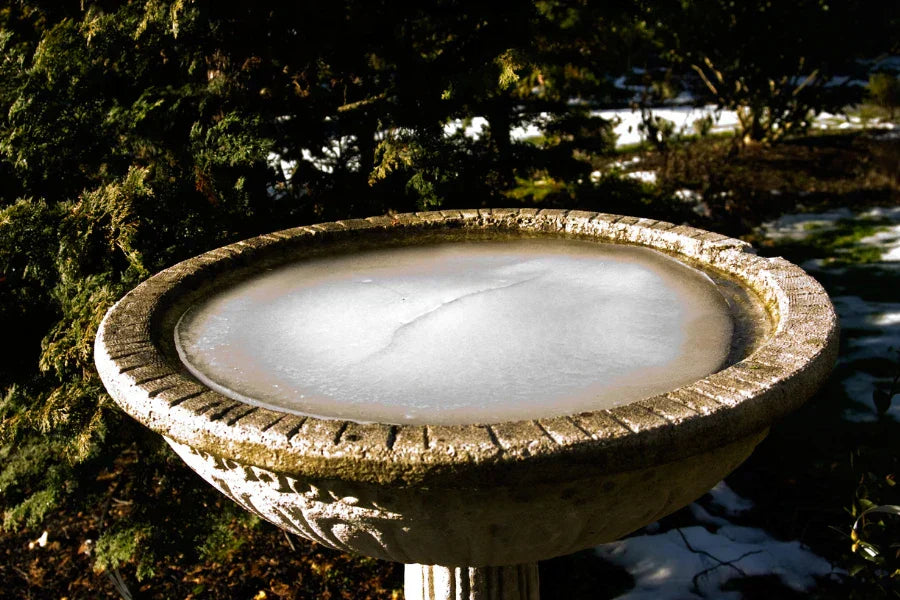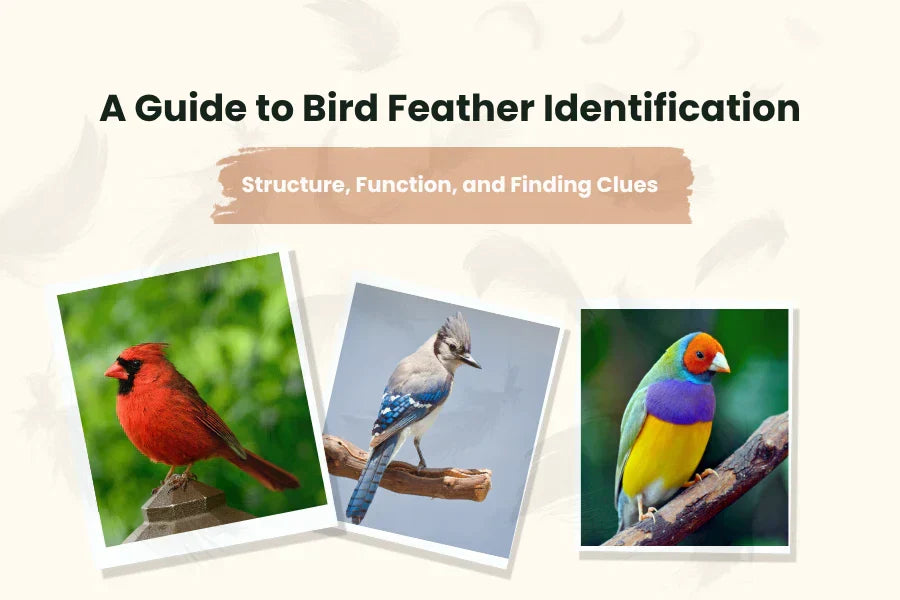In the northern hemisphere, March is the month that – with the passing of the Spring Equinox – sees the transition between the end of winter and the beginning of spring. And in the bird world, this means that the breeding season is well underway, with males and females forming into pairs, using birdsong and courtship displays.
Courtship Displays
Last month I wrote about birdsong – which for many species, especially songbirds, is the key factor which starts the breeding season, as males defend a territory against rival males, and also seek to attract a female to pair up with them.
But simply attracting a mate is not enough: to ensure that the pair-bond is strong enough to last throughout the whole process of raising a family, the male and female need to engage in a long and complex series of behaviors known as ‘courtship’. This is not very different from human bonding, only instead of giving flowers and chocolates, the male performs a visual display to his potential mate!
After feeding, courtship is probably the most important aspect of bird behavior. It takes all kinds of forms, and far from being confined to what we think of as spring, can begin as early as January.
Great Crested Grebes have one of the most spectacular of all courtship displays. The two birds face each other in the water like a pair of narcissistic teenage lovers, rubbing their bills together and shaking their heads in a ritualized pantomime to cement the pair bond.
If you are really lucky, you may even see them go on to perform the memorable ‘Penguin Dance’, during which both birds gather water weed in their bills, then appear to stand up in the water, frantically paddling with their legs while waving the weed in each other's faces. In North America, Western Grebes also have a very similar and ornate courtship ritual.

One of the easiest courtship rituals to observe is that of the Feral Pigeon, a bird found in towns and cities throughout the world, and often overlooked. The male puffs himself up like a prize-fighter, then performs a little dance around the female, who generally looks unimpressed by all the fuss. Finally, after much bowing and scraping, the male will attempt to copulate with the female, though as often as not she will foil his advances.
All this has a serious purpose, of course. The male who can most impress the female is the one who will get the chance to mate and reproduce. And the female is under pressure too. She must choose the healthiest-looking male, to increase her chances of producing a long line of descendants. Courtship rituals may look like a bit of fun, but to the birds themselves, they truly are a matter of life or death.

After Pairing up
Courtship doesn’t end when the pair finally cement their bond by mating. Just as a human married couple will continue to show love and affection to one another, bringing presents and indulging in romantic gestures to show they care, so in the bird world males and females frequently renew their bond by performing certain key rituals.
Sometimes a male bird will give his mate a morsel of food, or simply offer a ritual greeting when they encounter one another – for instance each time they handover incubation to one another at their nest. Birds will also preen their mate’s feathers – a behaviour known as allopreening – which also helps strengthen their bond.
All this may look romantic, but it has a very serious purpose. Although most birds are socially monogamous – they pair up and keep the same mate for the whole of the breeding season, and occasionally for life – they are not averse to being behaviourally polygamous, by taking more than one mate.
What that means in practice is that if a male can sneak off and mate with another female, he will do so: after all, this increases the number of potential offspring he can have.

For females, things are more complicated: unlike her mate, a female bird cannot have two families: she lays a single clutch of a limited number of eggs, which she needs to incubate. However, what she can do is to mate with one or more other males – not only her primary mate. Although this will not increase the number of offspring she can raise, it does increase their genetic variety.
As a result, like one of those tacky daytime TV shows where a guest’s paternity is called into question, a typical nest might contain chicks fathered by two or even three even different males. This explains why male birds often guard the females so avidly – not through affection, but to stop them sneaking off and mating with a rival. If she does manage to do so, of course, he will never know, and happily raise all the chicks as if they were his own!

Special Rituals
Around the world, some species – and in particular certain families – have particularly specialised courtship rituals. This especially applies to birds in tropical rainforests, where the high-quality habitat supports very high densities of birds, so each individual has evolved ways of trying to stand out from the crowd.
The Peacock – the male Indian Peafowl – is probably the best known of these; not least thanks to the fact that this species is often kept in captivity or semi-captivity, so is very familiar in North America and Europe. The male’s spectacular ‘tail’ is in fact a very long extension of his upper tail coverts, the (usually short) feathers that cover the tail itself.
When he displays, he spreads these and raises them above his head, creating an incredibly spectacular display. This is helped by the fact that each feather has several ‘eyes’, that look as if the bird is staring back at you. Just as songbirds will show off their singing prowess, displaying what scientists call the ‘handicap principle’ to show how they are so fit that they can spend time displaying rather than feeding, so Peacocks are doing the same by placing themselves at risk of being predated when they perform their display.

The Bowerbirds of Asia and Australasia are nothing like as spectacular to look at as peacocks; nor do they have a particularly tuneful song. Instead, they choose their own unique tactic to attract a mate. Each male creates an elaborate display area known as a bower, often using vegetation to create what is effectively a stage, where he stands in the centre and performs his display.
He then goes one step further: decorating his bower with coloured objects (often of the same colour, for example blue or red). These often include natural material such as flowers, but also man-made objects such as plastic toys and jewellery.
The males of a few species – notably from the grouse and manakin families, perform collectively in what is called a ‘lek’ (from a Scandinavian word meaning a court). At dawn, Black Grouse in the UK and Sage Grouse in North America gather together to make elaborate movements, often accompanied by loud and complex calls, to try to establish their dominant status – just as deer do when rutting. The more camouflaged and far less spectacular looking females stand unobtrusively at the edge of the lek, but they in fact have the power, as it is they who will choose the individual with whom they will collectively mate.
I have had the privilege to watch a Black Grouse lek in the Scottish Highlands, and it is truly one of the greatest spectacles I have ever seen. On a very different scale, I have also watched White-bearded Manakins (a tiny black and white songbird) displaying at their lek in Trinidad, where the males flick back and forth, while making an incredibly loud clicking sound with their wings.
Only a few birds combine an impressive display with a striking and tuneful sound – Black Grouse and Capercaillie (the world’s largest grouse species) are two notable exceptions. But the most incredible combination of visual and aural displays comes from the Superb Lyrebird of south-eastern Australia. This elusive, forest species looks like a pheasant, but is actually a very large songbird – up to one metre long including its spectacular, peacock-like tail plumes.

The lyrebird’s visual display is incredibly memorable, but what really sets it apart from other birds is the sounds it makes while displaying. Lyrebirds are amongst the greatest mimics in the bird world: imitating not only several dozen of their fellow forest-dwelling species, note perfectly, but also mimicking human sounds including mobile phone ringtones, camera shutters and even chainsaws!
But of all the world’s bird families, one stands out above all others: the forty-plus species of Birds of Paradise. Found mainly in Papua New Guinea, Indonesia and eastern Australia, these spectacular and colourful songbirds also have an incredible series of displays, many of which have been captured by wildlife filmmakers. They truly are the top courtship specialists of the bird world!
















